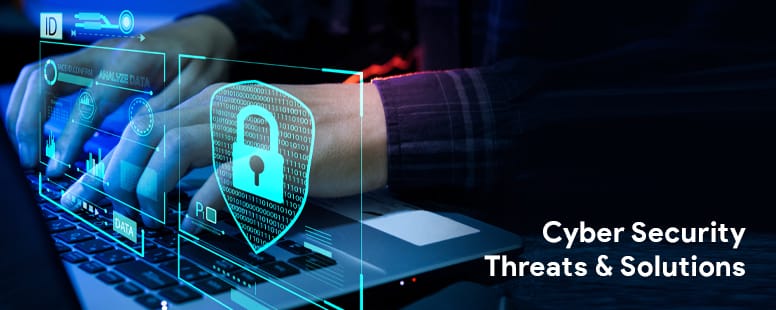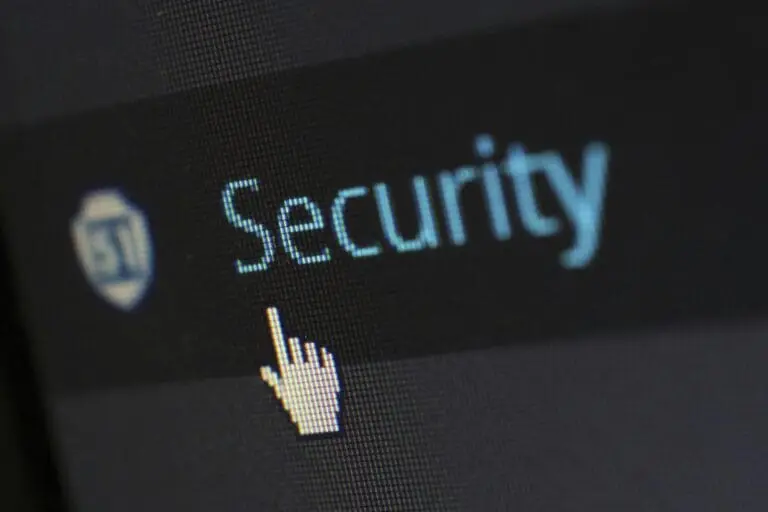The Future of Internet & Security Trends: Top Cyber Threats and Solutions in 2025
As technology advances, so do cyber threats. The increasing reliance on digital services has made cybersecurity more critical than ever. In 2025, cybercriminals are leveraging AI, deepfake technology, and sophisticated phishing attacks to exploit vulnerabilities. This article explores the top Internet & Security Trends threats in 2025 and the best solutions to protect individuals and businesses from cyber risks.
Key Cyber Threats and Internet & Security Trends in 2025
AI-Driven Cyber Attacks
Artificial intelligence is being used not only for defense but also by hackers to develop more sophisticated attacks.
- AI-Powered Malware: New malware strains can adapt and evade traditional security defenses.
- Automated Phishing Attacks: AI-generated emails and messages mimic human communication with high accuracy.
- Deepfake Scams: Fraudsters use deepfake audio and video to impersonate executives and manipulate financial transactions.
“Experts predict that AI-driven cyberattacks will increase by 30% in 2025, making traditional security measures insufficient.”
Quantum Computing and Its Security Risks

Quantum computing has the potential to break current encryption methods, posing a major threat to cybersecurity.
- Breaking RSA Encryption: Quantum computers can crack widely used encryption protocols.
- Post-Quantum Cryptography: Researchers are developing new encryption methods to counter quantum threats.
- Government Initiatives: The US and EU are investing heavily in quantum-resistant security solutions.
“Companies that fail to implement post-quantum encryption could see their sensitive data compromised within the next decade.”
The Rise of Ransomware-as-a-Service (RaaS)
Cybercriminals are now offering ransomware as a service, making it easier for even low-level hackers to launch attacks.
- Automated Attacks: Ransomware kits are available on the dark web for as little as $50.
- Targeting Small Businesses: SMEs with weak security are the primary targets.
- Double Extortion: Hackers not only encrypt data but also threaten to release it publicly if a ransom is not paid.
Why It Matters:
“60% of businesses that fall victim to ransomware attacks shut down within six months due to financial losses and reputational damage.”
Look at “What is ransomware as a service (RaaS)?“
IoT Vulnerabilities and Smart Home Threats
The increasing number of smart devices introduces new security risks for homes and businesses.
- Unsecured IoT Devices: Many smart gadgets lack proper security updates.
- Smart Home Hacks: Attackers can remotely control connected devices like cameras and thermostats.
- Botnet Attacks: Compromised IoT devices are being used to launch large-scale DDoS attacks.
“In 2025, over 50 billion IoT devices will be in use, with many lacking essential security protections.”
How to Stay Safe Online in 2025

Enable Multi-Factor Authentication (MFA): Add an extra layer of security to accounts. Use AI-Powered Security Software: Tools like Darktrace and CrowdStrike detect real-time threats. Regularly Update Passwords & Use a Password Manager: Ensure strong and unique passwords. Educate Yourself on Cybersecurity: Stay informed about the latest threats by following TechWorldTrends’ Internet & Security Trends section.
Conclusion
The cybersecurity landscape is rapidly evolving, with new threats emerging every year. Staying informed, implementing robust security measures, and leveraging AI-powered defenses are essential for protecting personal and business data. As cybercriminals become more advanced, proactive security strategies will be the key to staying safe online in 2025 and beyond.
Stay tuned for more techworldtrends content.



